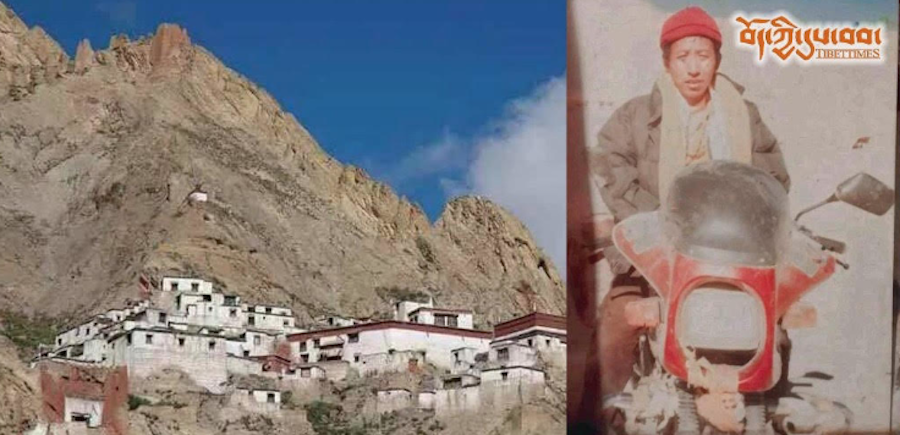 Beijing, Jan 28: Chinese geologists have confirmed one of the Dalai Lama’s worst fears — discovery of huge reserves of mineral resources in Tibet and possible wanton exploitation by China which could leave the fragile Himalayan ecology in shambles.
Beijing, Jan 28: Chinese geologists have confirmed one of the Dalai Lama’s worst fears — discovery of huge reserves of mineral resources in Tibet and possible wanton exploitation by China which could leave the fragile Himalayan ecology in shambles.
Analysts say this explains why China splurged nearly USD 3 billion to build the 1,956-kilometre Qinghai-Tibet Railway, the world’s highest that connects Lhasa with the rest of the country.
Chinese geologists disclosed this week that they have been prospecting for resources including oil in Tibet since 1999.
The Dalai Lama has in the past opposed China’s exploitation of natural resources in Tibet saying it could have adverse social impact and could irreversibly damage the fragile ecology of the plateau and beyond.
Chinese experts said the exploration of mineral resources along the Qinghai-Tibet Railway is significant to the railway’s viability, efficient use, regional economic development and meeting the country’s resource demands.
The railway has transported 1.18 million passengers and 1.16 million tonnes of cargo since it began operations last July, Railway Minister Liu Zhijun said recently.
Chinese geologists have discovered 16 large copper, iron, lead and zinc ore deposits along the railway route since 1999, director of the China Geological Survey (CGS), Meng Xianlai said.
The CGS predicted that possible copper reserves in Qulong in Tibet could reach 18 million tonnes, making it the biggest copper deposit in China.
Estimated reserves of 760 million tonnes of high-grade iron ore were found in the Kunglun mountains on the western Qinghai-Tibet plateau and southern Xinjiang province, which the Qinghai-Tibet Railway crosses, Deputy Director of the CGS, Zhang Hongtao said.
Meanwhile, the mid-western part of the northern Qiangtang basin in northern Tibet, which is also along the railway, has favourable conditions for availability of oil and gas, Zhang said.
China has plans to build three more railway lines in Tibet, including one close to the Sino-Indian border, as extensions of the Qinghai-Tibet Railway.
The new lines would link the Tibetan capital Lhasa with Nyingchi to the east, and Xigaze to the west, while the third will link Xigaze with Yadong, a major trading town on the India-China border.
The new lines are expected to be completed in 10 years, and increase Tibet’s total railway length to more than 2,000 kilometres.









